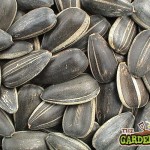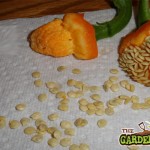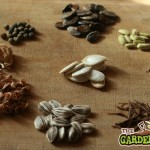We all know that growing from seed is a great way to grow your own plants at a minimal cost and a great way to get to know more about your plants. But you can take it one step further by collecting and storing last year’s seeds for propagating the next spring.
- Saving Seeds
- Saving Seeds
- Saving Seeds
Of course the method of storage itself is an important step along the way to growing your own bountiful crops and floral filled borders. We can begin collecting seeds at the end of summer when the flowers begin to die back and turn brown. The process of propagating by seed involves gathering up all those brown flowers and removing the seeds.
The seeds should then be stored until the following spring when they can be sown into compost. To ensure that the seeds are still in top condition when you begin propagating the seeds must be kept cool, dry and clean.
Once you have collected your seeds you should clean off any dirt or soil. Next the seeds should be dried; to dry place them in the open on old newspaper for two days or so. As always when propagating; plant labels should be used and that also goes for when storing seeds. Label your seeds so that you can tell which is which come next spring. Now the crucial bit, keeping the seeds cool and dry over the freezing winter months; I like to place seeds into individual envelopes and then place them into food storage tubs which can be easily open and shut to keep moisture out. Another way to store seeds is in a biscuit tin or lunch box. It is then important that the temperature is kept around 10 degrees Celsius, which can be difficult in the depths of winter. A drawer in a living room or kitchen would be suitable and sufficiently cool. Another tip would be to add moisture retaining sachets to the food storage tubs to absorb any moisture in the air as this can otherwise lead to the seeds rotting or the spread of fungi.
You can check on the seeds over the winter months and assess their condition. If you see any mould, fur, bluish colour or white spots then it is likely that a fungus has taken hold. In this case the best solution would be to remove any infected seeds and increase ventilation and air flow around the seeds.
If your seeds appear hollow, or have small dents or have small holes in them it is likely that they have perished for one reason or another and will therefore not propagate in spring. Also different seeds have different life spans, for example parsnip is on viable for one year while many common weed seeds have a lifespan of 30 years and more. In all, what ever way you store your seeds just keep them cool, dry and well ventilated and you should have an abundance of seeds to propagate in spring


